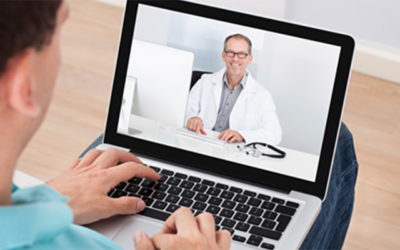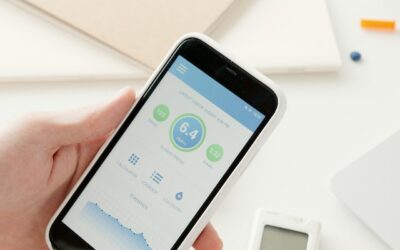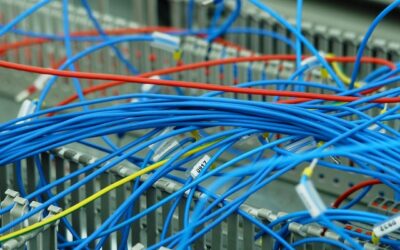How Remote Patient Monitoring Improves Patient Care from a Distance
Healthcare delivery techniques like telehealth have led to the expansion of healthcare services beyond traditional clinical settings. It is increasingly convenient for patients to receive care from anywhere they can connect to the Internet with an appropriate device....
How Remote Patient Monitoring Is Boosting Home Health Care
Telehealth solutions and remote patient monitoring (RPM) technologies are revolutionizing health care by enabling patients to be monitored and managed from the comfort of their homes, eliminating the need for hospital-based care or frequent checkups. Home health...
6 Key Benefits of Remote Patient Monitoring (RPM)
Remote patient monitoring allows healthcare practitioners to use technologies that can monitor and collect data related to their patient’s health from afar. This relatively new method of providing health care offers benefits to patients, caregivers, and...
These Factors Can Influence the Adoption of RPM for Home-Based Patient Care
There has been a growing interest in the use of remote patient monitoring (RPM), a method that leverages remote devices and mobile technologies to track a patient's vital signs within their own homes. This approach is often complemented by in-person or virtual...
5 of the Benefits of Healthcare-as-a-Service
Like the rest of us, healthcare providers find it difficult to stay abreast of advances in technology. At the same time, medical staff grapple with disconnected systems and workflows that divert them from patient care. Healthcare-as-a-Service is an innovative new...
7 Ways Remote Patient Monitoring Benefits Nurses
Remote patient monitoring (RPM) is a type of telehealth that has revolutionized health care by enabling healthcare providers to monitor patients' health conditions and vital signs remotely. This technology has greatly improved patient care efficiency and has...
How Remote Patient Monitoring Can Reduce Mortality Risk in Cancer Patients
It's important to be aware of the potential complications that cancer patients undergoing chemotherapy may face, such as neutropenic fever. One out of every 29 patients receiving chemotherapy treatment is hospitalized for neutropenia. Of these, patients, there is a...
7 Medical Devices Commonly Used to Remotely Monitor Patients
Healthcare providers can monitor and analyze their patients’ health remotely by using remote patient monitoring devices. This allows them to keep tabs on their patients’ health conditions in real-time without the patients having to visit a clinic or hospital for a...
Telehealth Is Here to Stay, But Broadband Is Key to its Success
When the COVID-19 pandemic began, the use of telehealth skyrocketed. US Census Survey data shows that 22 percent of Americans made use of telehealth services in 2022. With more than 1 in 5 patients having engaged in telehealth, the American population is now familiar...
How Physicians Can Best Incorporate Telehealth in Their Private Practices
The 2022 omnibus bill passed by Congress ensures that flexible health regulations and payment related to telehealth services implemented during the COVID-19 pandemic will continue to be supported until at least the end of 2024, perhaps longer. This extension provides...









